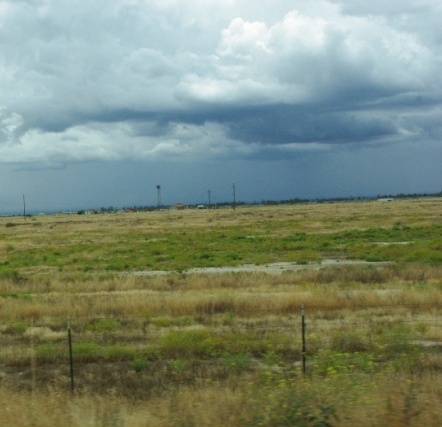Posts Tagged: tarweed
Lygus could add to cotton challenges in 2011

The large amount of rainfall this winter and spring will set the stage for more Lygus in summer. The relationship between historic rainfall records and annual cotton loss estimates supports the idea that Lygus will be more problematic this year and observations from the ground confirms this assessment. However, as in other years, the primary source of Lygus will be from crops and locations within a few miles of your cotton field, not miles away from the edge of the Valley.
In the past month, I have been conducting the annual Lygus survey. The survey was later than usual because of the extended rainy season into April and cooler temperatures in May. This is what I have observed:
- Foothills are generally dry and limited Lygus hosts, due primarily to early rains that favored grasses over broadleaves. 2011 was not a great year for wildflowers in the Sierra foothills due mostly because of the heavy grass prevented the annual broadleaves from developing widely.
- Along the I-5 corridor, tarweed, a key indicator host for Lygus, is located mostly south of Highway 198. It is more common on the valley flats than on the coastal foothills. When sampled 2 weeks ago, the population was split between overwintering adults and first generation nymphs, 1st to 3rd instars. The further south I travelled the more tarweed I could find in uncultivated areas of Kern County, commonly known as “deserts”. The importance of tarweed is not as much it is a major source for the Valley but rather as local infestation point and indicator of potential problems.
- Tarweed is a good plant for Lygus development because it spans the late winter and summer periods. It acts as a bridge for Lygus to develop a foothold and increase its numbers during May and parts of June. Without that bridge, populations tend to disperse and build slower and later.
Safflower plays a major role as a plant host bridge, allowing overwinter populations to settle and reproduce. Safflower plantings are spread throughout the Valley and will act as localized sources for Lygus into susceptible crops. The problem can be alleviated by managing Lygus population in safflower before the nymphs can become adults and leave the field. For details on managing Lygus in safflower to mitigate movement into cotton, refer to IPM in Cotton in the Western Region of the US, UC ANR Publication 3305.